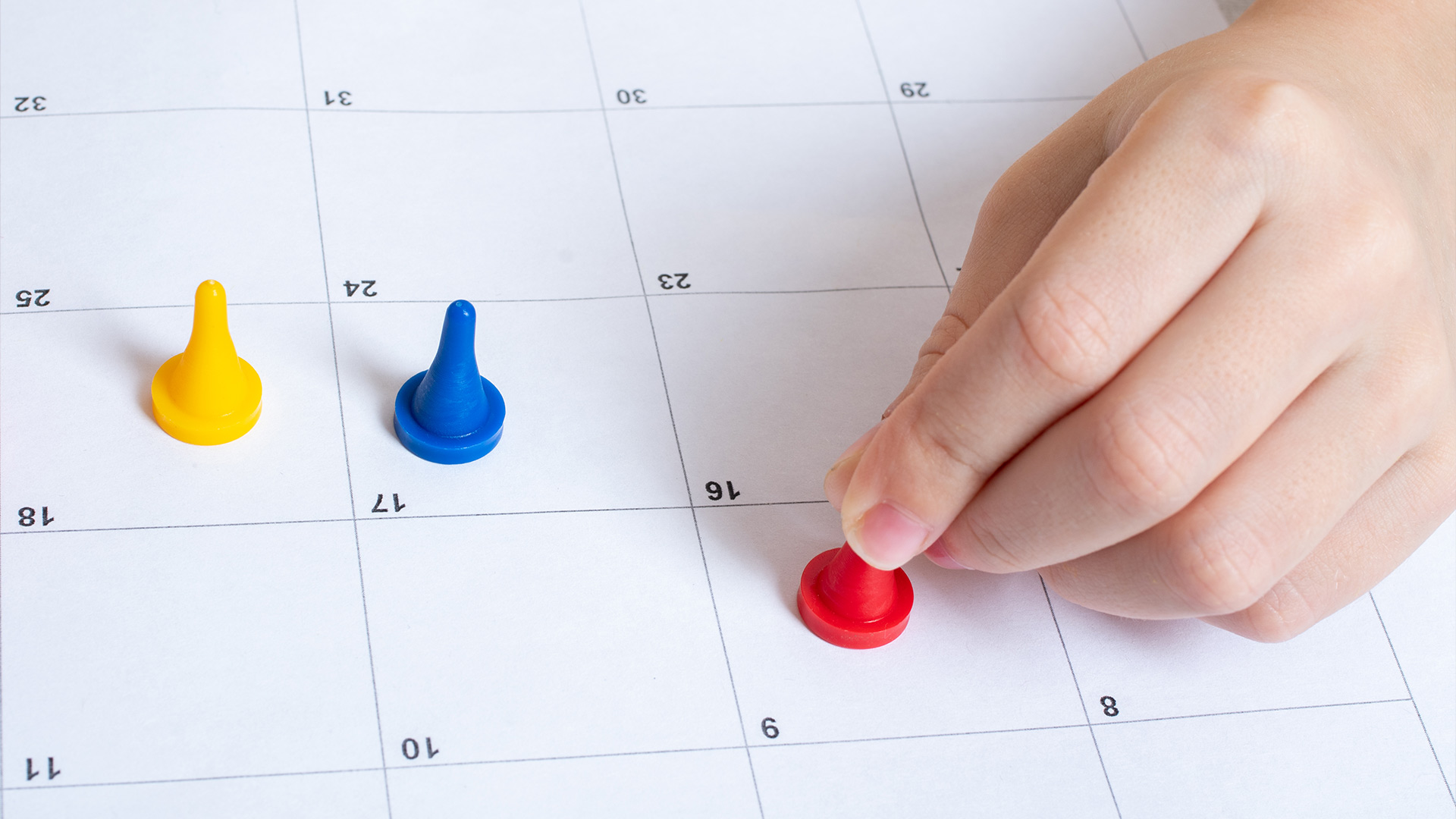Burnout-Proof Scheduling: Design a Week That Doesn’t Deplete You
You might love your work. You might even like your coworkers. But if you’re ending every week like a wrung-out dish sponge, your schedule might be secretly draining the life out of you.

You might love your work. You might even like your coworkers. But if you’re ending every week like a wrung-out dish sponge, your schedule might be secretly draining the life out of you.
Let’s be honest—most of us don’t plan our weeks. We just survive them. Meetings land wherever, emails hijack our focus, and suddenly it’s Friday and you don’t remember breathing since Tuesday.
But here’s the truth: you can design your week in a way that protects your energy, focus, and joy. It’s not about doing less—it’s about doing things smarter.
Step 1: Start with Energy, Not Tasks
Most people plan their weeks by listing what they need to do. But smart scheduling starts with this question:
When do I feel most focused? When do I crash?
Everyone has a rhythm. Maybe you’re sharpest in the morning. Maybe your brain gets foggy after 3 p.m. Use that intel.
Try:
- Scheduling deep work (writing, strategy, planning) during your high-energy hours
- Pushing admin, email, and light work to your natural “dip” times
- Building in short recharge moments before big mental tasks
Honor your biology. Not the endless notifications.
Step 2: Theme Your Days (or Half-Days)
Ever feel like your brain has whiplash from switching between Zoom calls, spreadsheets, and creative work all in one day?
That’s context-switching fatigue, and it’s brutal.
A simple fix? Give your days a focus.
Examples:
- Monday: Planning + admin
- Tuesday: Meetings-heavy day
- Wednesday: Deep work only (no meetings!)
- Thursday: Team reviews or check-ins
- Friday: Wrap-up, learning, and next-week prep
Even if you can’t fully theme a whole day, start with a half-day. Your brain will thank you.
Step 3: Block the Non-Negotiables First
Before you book a single meeting, block the stuff that keeps you sane:
- Lunch breaks (real ones)
- Deep work chunks (even just 90 mins)
- Transitions between calls
- Morning startup or evening shutdown time
- Movement breaks or mini walks
These aren’t luxuries—they’re your fuel. Guard them like a CEO guards boardroom time.
Step 4: Set a Meeting Capacity
Too many meetings? You’re not alone.
Decide on a realistic cap:
- Max 4 meetings per day
- No more than 15 hours of meetings per week
- One full “no meetings” day per week
If your job makes that tricky, start by protecting one meeting-free morning. Then expand from there.
Step 5: Plan Recovery Like You Plan Deadlines
We plan launches, reports, and sprints—but what about the recovery?
If you’re finishing every major project and then diving into the next with zero reset, you’re burning your own fuse.
Try:
- Blocking a light day after a big push
- Scheduling a half-day off post-deadline
- Planning a “recovery task list” (low-lift work you can do while recharging)
This doesn’t slow you down. It keeps you from stalling later.
Step 6: Build a Buffer Zone on Fridays
Fridays often get messy—last-minute requests, “Can you send this before EOD?”, and your own scattered brain trying to tie up loose ends.
Create a Friday rule:
- No new meetings after 2 p.m.
- Use the last hour to plan next week
- Check off small wins so you leave on a high note
Ending your week in control = starting the next one calmer.
Step 7: Expect Interruptions—and Still Win
Life happens. Fires pop up. Bosses reschedule things. That’s normal.
A burnout-proof schedule isn’t rigid—it’s resilient.
So include:
- A “catch-up” window daily (30 mins for overflow tasks or surprises)
- One floating meeting slot for things that get bumped
- Space between meetings for bio breaks, mental reset, and snack time (yes, snack time matters)
You’re building slack into your system. That’s how pros stay steady.
You don’t need a crisis to need a change. Sometimes the quiet stress of a poorly planned week adds up until you don’t even enjoy your wins anymore.
But a thoughtful schedule? It gives you room to think, breathe, create, and actually enjoy your work.
So grab your calendar. Block the basics. Theme a day. Cut one call. Reclaim some brain space.


